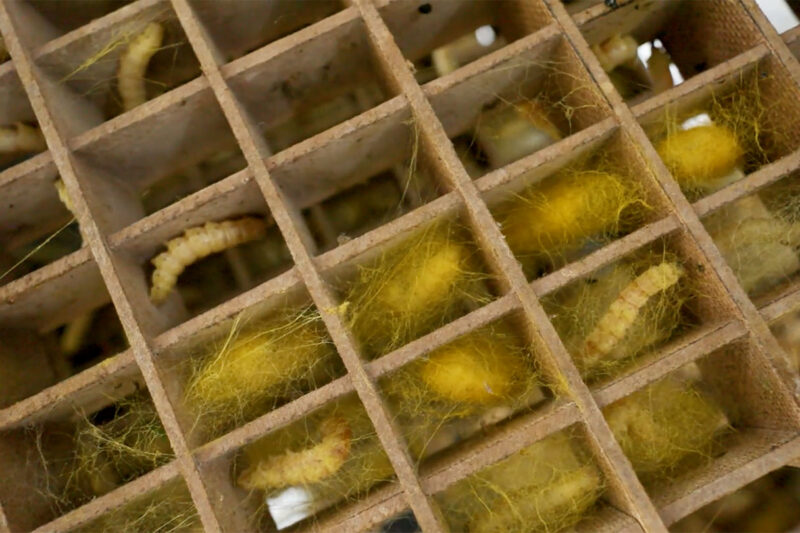Passing on ecological diversity to future generations
“Conservation of natural resources does not mean keeping them in the closet beyond the reach of anybody. But it means maintaining them on a sustainable basis so that they can be utilized properly, says Associate Professor Putsatee Pariyanonth with the Department of Biology in the Faculty of Science at Chulalongkorn University.
As natural resources all over the world are coming under increasing threat, ecological diversity is the key to their preservation for the benefit of future generations. In the spirit of the vision of the late King Bhumibol Adulyadej, as related to Her Royal Highness Princess Maha Chakri Sirindhorn, Chulalongkorn University has been dedicated to conserving Thailand’s plant diversity.
King Bhumibol first pointed out the importance of the conservation of plant genetic resources in 1960, and in 1992 HRH Princess Sirindhorn assumed responsibility for fulfilling the Royal wish by launching a plant genetic resources conservation project. Chulalongkorn University has been an integral part of this important project since 1998, tasked with studying and expanding its work to the public.
The project is intended to train personnel in the conservation of plant species and ecological diversity, while also building up a body of research on conservation and development of natural resources for the benefit of the people. Its mission is especially important at a time when natural resources are under threat from population growth, which will result in increased utilization of resources for food, housing, energy and medicines, while technological and other advances affect resources and the environment.
The main task of the project is to study plant species and genetic diversity in different geographic environments of Thailand from mountainous evergreen forest to rainforest, deciduous forest, deciduous dipterocarp forest, lowland evergreen and mangrove forests.
At least 20,000 plant species that are found only in Thailand have been studied or are being studied. They include 1,200 species of mushroom, 300 lichens, 633 ferns, more than 1,000 orchid species and over 10,000 vascular plant species.
Research in the different geographic environments has also been diversified to animal species including mammals, birds and reptiles, fish and invertebrates such as insects and mollusks, amphibians, protozoa and more.
Within the short period from 2013 to 2015, Chulalongkorn University produced 60 research works, among them “Diversity and Roles of White Ants and Ants in Deciduous Forest in Nan province” and “Diversity of Bats and Small Mammals in the Project Area and Taxonomy of Braconidae (Hymenoptera: Ichneumonoidea)”.
In addition, 12 books based on the research work have been produced and posted online for members of the public and young people to study. They include Resources from Sand to Undersea, which details the benefits derivedfrom tiger clam farming, the diversity of bats in the western forest complex, or handbooks on biodiversity for young people taking part in camps.
A biodiversity and natural resources conservation camp is held every year for your people under 18 to expand their awareness of the environment and natural resources protection in the hope that they will to pass on their knowledge to others in the future.
Chulalongkorn University also disseminates knowledge about natural resources and biodiversity to local communities, where residents can apply it in ways that benefit their occupations and promote conservation.
All staff of the university abide strictly by the framework of the master plan of the royally initiated project for the conservation of plant genetic resources, in line with the national research strategy for 2012-16 and Chulalongkorn University’s strategy and mission for 2012-16. The hope is that it will create awareness and raise the importance of protecting and properly utilising resources and biodiversity on a sustainable basis.
For more information, please visit www.rspgchula.sc.chula.ac.th
BY
Faculty of Science, Chulalongkorn University
Previous:
Others
Getting Even with Inequality in Asia
“Getting even – Public policies addressing inequality in Asia”. This book is a collection of research papers drawing lessons from economic and social policies that help reducing inequality in selected Asian countries.





